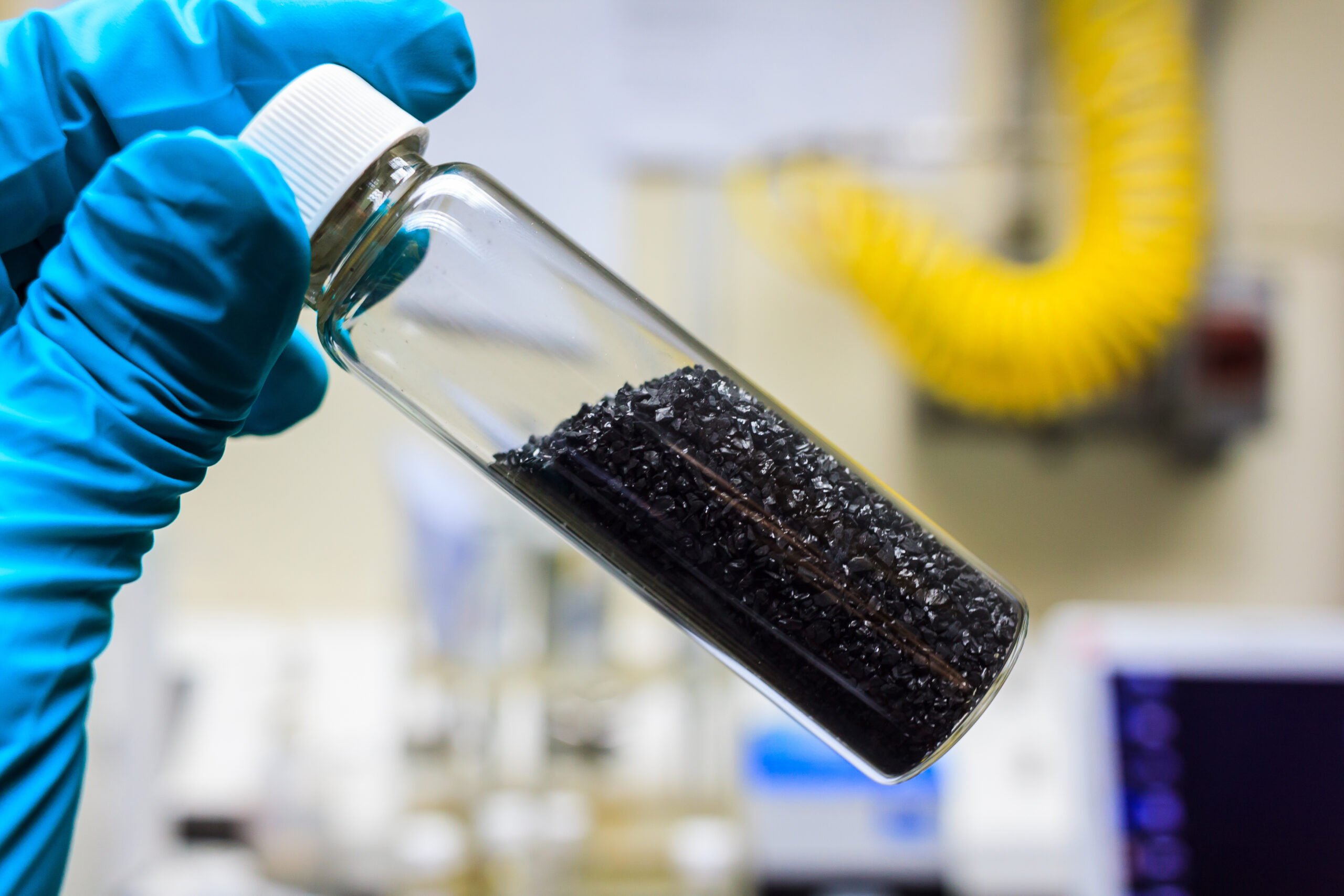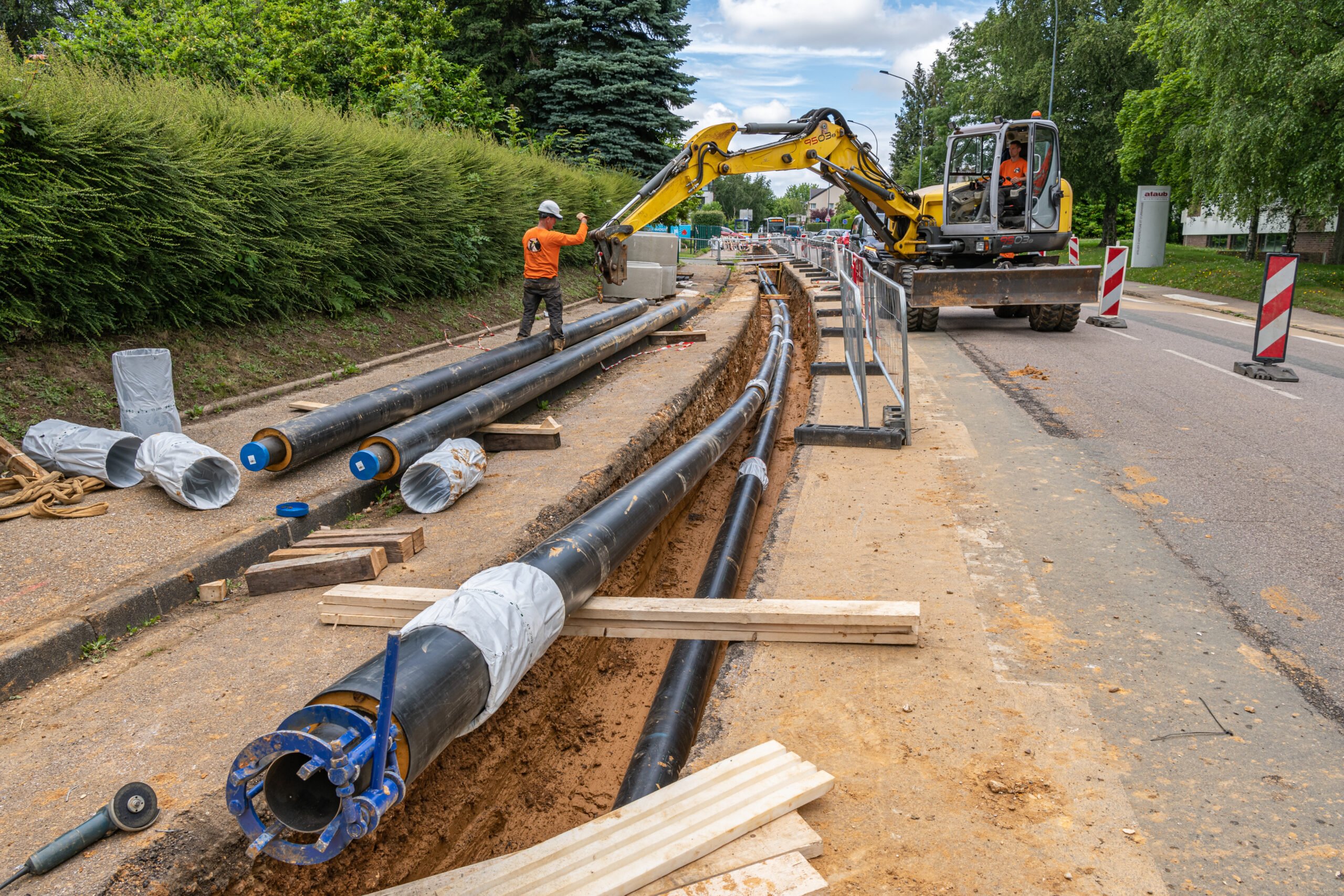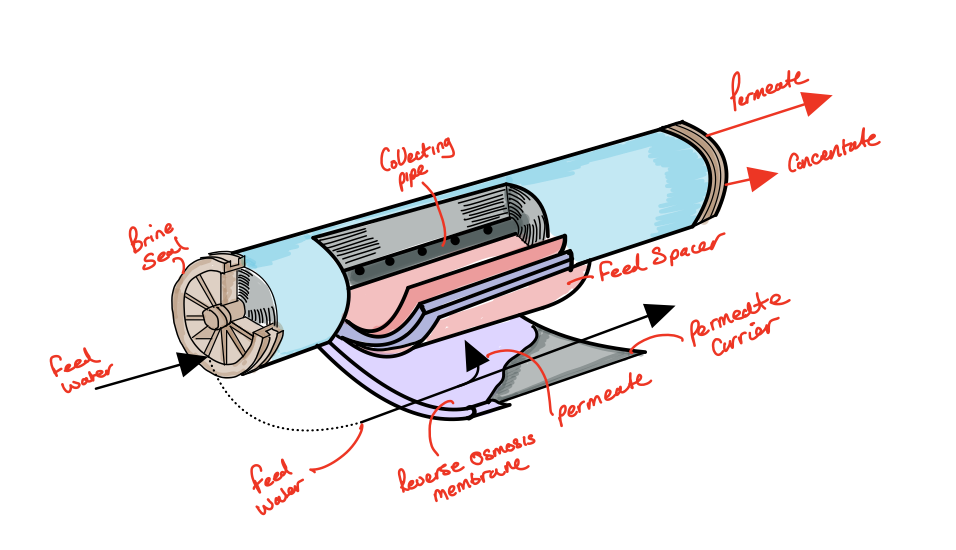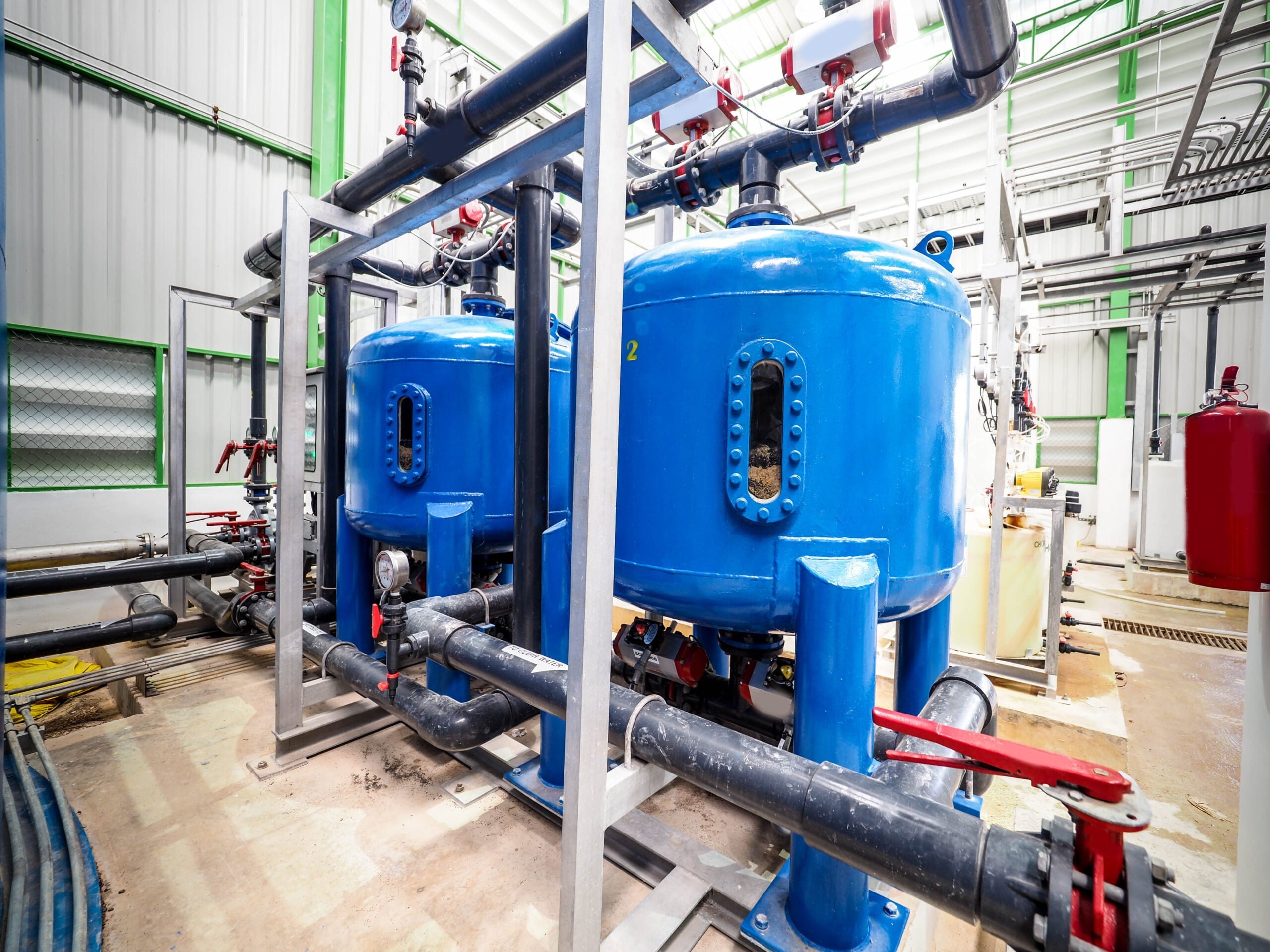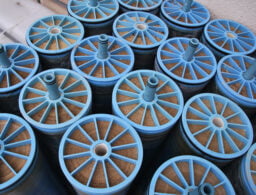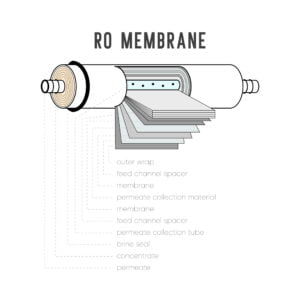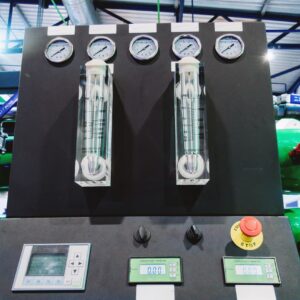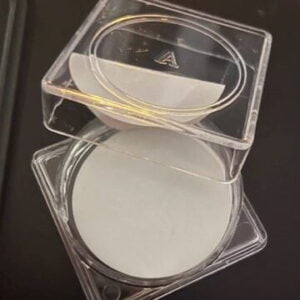It is common practice to use chlorine as a pretreatment because it helps to control biofouling, which can occur as a result of the buildup of biological material on membrane surfaces, thereby affecting the effectiveness of ROs. A common problem with RO systems is biofouling, especially when using seawater or other high-fouling feedwaters, which makes…
Month: February 2023
Full disclosure on this post, I work for a company that rents RO equipment. But the purpose of this post it to discuss the pros and cons of both. In general buying or renting does depend on the companies individual circumstances, available CAPEX/OPEX, duration required and maintenance considerations. Purchasing equipment may be the first though…
When it comes to reverse osmosis, flux refers to the rate at which water passes through semipermeable membranes. It refers to the volume of water that passes through a membrane per unit of time and surface area. Several factors influence reverse osmosis flux, including the pressure applied to the water, the temperature of the water,…
District heating networks are becoming increasingly common in the UK, which has led to increased demands for demineralised and degassed water. Often, projects pass through industrial and commercial areas with limited access, such as under busy roads, schools, etc. In light of the complexity, all efforts need to be made to prevent scale formation and…
Here, you can share your knowledge and experiences, ask questions, and engage in discussions with others who share your passion for RO technology. From discussing the latest advancements in RO technology, to sharing best practices and addressing common challenges in the field, this chat room provides a platform for the exchange of information and ideas.…
Water quality from a borehole can change over time due to various factors such as changes in the surrounding environment, pumping rate, and groundwater recharge rate. Mobile solutions can be an option for some seasonal or temporary requirements. Various rental companies offer mobile multimedia units for hire. Sand filters are commonly used to improve borehole…
A spiral wound membrane is a type of thin film composite (TFC) membrane used in reverse osmosis (RO) water treatment systems. It consists of a thin, porous polymer membrane that is spirally wound around a permeate collection tube and sealed in a permeate delivery header. The spiral wound design allows for a large surface area…
An alternative to using anthracite, sand or garnet is AFM, (Activated Filter Media). I have reviewed this technology on a number of occasions and have had colleagues who have enjoyed excellent results since it is resistant to bacterial growth. Activated Filter Media (AFM) is a type of filtration media used in water treatment systems. AFM…
Biofouling is the accumulation of microorganisms, such as bacteria, algae, and fungi, on the surface of reverse osmosis (RO) membranes, which can negatively impact the performance and efficiency of the RO system. To prevent biofouling, it’s important to implement proper maintenance and cleaning procedures, as well as to incorporate additional pre-treatment steps into the RO…
Discover the key measurements used to evaluate the suitability of feed water for reverse osmosis (RO) and ensure optimal performance of your RO system.
Keywords: Reverse osmosis, Feed water, Suitability, Measurements, Water quality, RO system performance.

